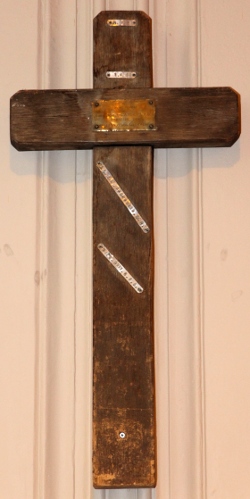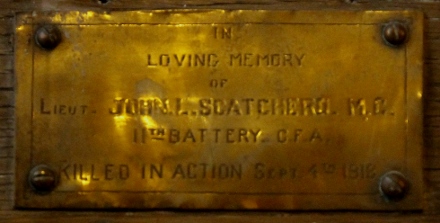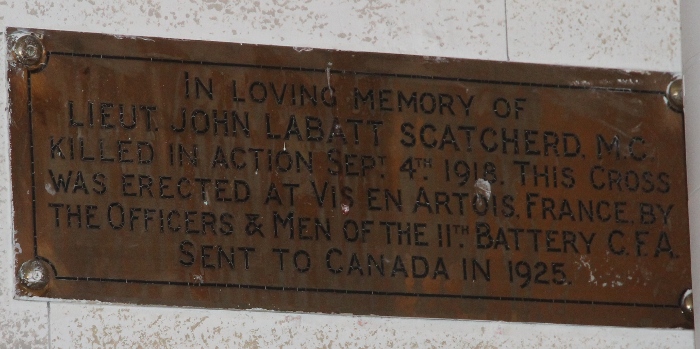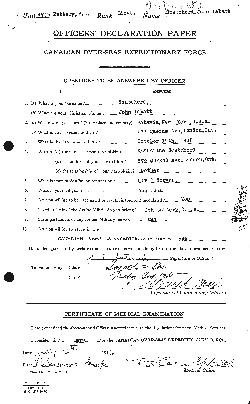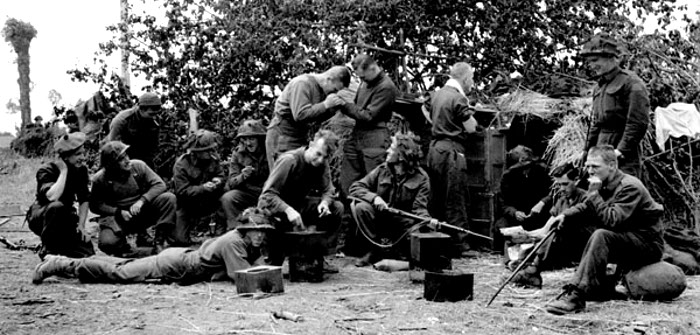Topic: Commentary
 The Responsibility of Perpetuation
The Responsibility of Perpetuation
Many units of the Canadian Army perpetuate units of the Canadian Expeditionary Force (CEF). The CEF was raised by Sir Sam Hughes as Canada's Overseas Forces during the First World War. In order to sidestep the existing political influence of the Active Militia, and being no more a fan of the Permanent Force (which was at token strength), Hughes maintained the greatest level of control by building his own force.
The achievements of the CEF are undeniable. Accomplished through the recruiting of over 600,000 Canadians, the honours won by the CEF were achieved in the main by citizens who became soldiers only in their country's time of need. Those honours are still held by units of the Canadian Army. Some of those units fought as part of the CEF (or BEF) and remain in the Order of Battle today. Many others hold honours because of the rights of perpetuation.
Perpetuation, a uniquely Canadian concept, is described in the Canadian Armed Force publication A-AD-200-000/AG-000, The Honours, Flags and Heritage Structure of the Canadian Forces as follows:
15. Perpetuation is a unique Canadian system developed after the First World War to provide a formal means of preserving military operational honours and heritage for succeeding generations. It is government policy that disbanded units, which have gained an honour and/or distinction in the field, be perpetuated to preserve their memory. Disbanded units which have not gained an honour or distinction in the field shall not be perpetuated. Units perpetuated by disbanded units which are not eligible for perpetuation may, subject to the concurrence of the disbanded units' authorized or officially recognized association(s), be perpetuated by an extant unit.
16. Perpetuation is a public declaration of a family inheritance from a distinguished Canadian ancestor, and entitles the perpetuating unit to the honours of its predecessor. Thus, although few Canadian regiments were mobilized as such for overseas service in the First World War, most have battle honours earned in the war.
With those honours comes a responsibility. That responsibility is to remember those units, and the soldiers of those units, who won those honours in the trenches of France and Flanders. For any unit perpetuating a fighting battalion of the CEF, or any number of battalions that provided reinforcements, that may mean they represent the contributions of thousands of soldiers.
The pervasive oral narrative, which is the local understanding of regimental history in many cases, often blurs the perpetuation distinction. The use by CEF units of adopted badge designs, unit titles and support from local units in their recruiting have all leant themselves to many losing the detailed understanding that the battlefield units of the First World War were not battalions of their regiment at the time. The official connections were developed post-war, a point that has seldom survived in the later oral narrative. Even more insidiously, when the field unit of the CEF is the one with overlapping trappings, other perpetuated units, especially those absorbed into the reinforcement stream, may be forgotten completely except by those who study the regiment's history in detail.
As we come upon the Centennial of the Great War, it is time to account for all of those units. Our regimental connections to those who won battle honours we count as our own today (through perpetuation and amalgamations), and those units which were raised in our own communities that may have sent soldiers to fight in many other battalions. They, too, deserve to be remembered.
But it's not just the units that need to be remembered and commemorated. It is the soldiers we owe a debt of honour, service and sacrifice. Each man recruited into, or taken on the strength of, a perpetuated battalion is one of our regimental soldiers. Their stories, even for those who passed on to fight under a different badge, is also one of our stories. A man can belong to more than one regiment, and more than one regiment can take pride in the service and story of any one soldier. No soldier's service is lessened by the accumulated claims of each regiment he served with. Between us, we can, and should, remember them all. And we can do those soldiers no greater honour than remembering them correctly within the context of each of the units they served in, and not burying their memory within a blurred understanding of regimental histories.
Their stories are also the stories of our regiments.
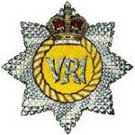 The following shows the amalgamated and perpetuated units of The Royal Canadian Regiment.
The following shows the amalgamated and perpetuated units of The Royal Canadian Regiment.
The Royal Canadian Regiment
(Amalgamations and Perpetuations)
The Royal Canadian Regiment was amalgamated in 1954 with:
- The Oxford Rifles
- Which perpetuated:
- 71st Canadian Infantry Battalion (CEF)
- 168th Canadian Infantry Battalion (CEF)
- Which perpetuated:
- The Canadian Fusiliers (City of London Regiment)
- Which perpetuated:
- 1st Canadian Infantry Battalion (CEF)
- 33rd Canadian Infantry Battalion (CEF)
- 142nd Canadian Infantry Battalion (CEF)
- And was itself amalgamated in 1936 with:
- 2nd Bn, The Canadian Machine Gun Corps (Militia)
- Which perpetuated:
- 2nd Bn, The Canadian Machine Gun Corps (CEF)
- Which perpetuated:
- 2nd Bn, The Canadian Machine Gun Corps (Militia)
- Which perpetuated:
How readily can you draft a similar list for your regiment?



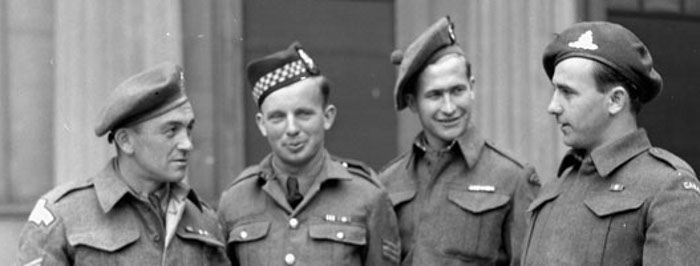

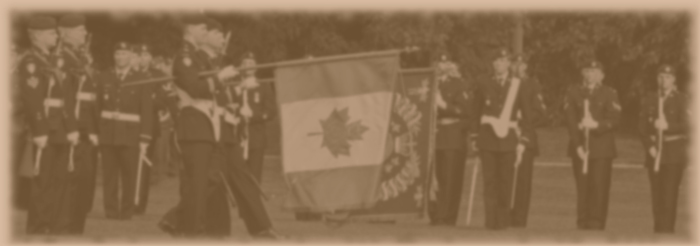

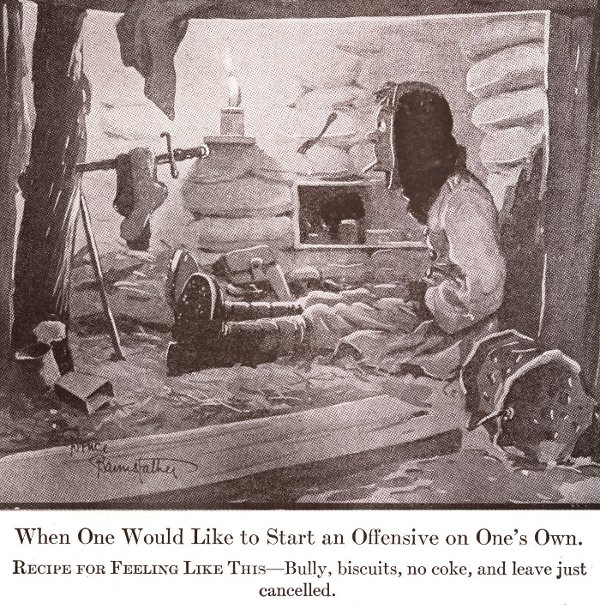

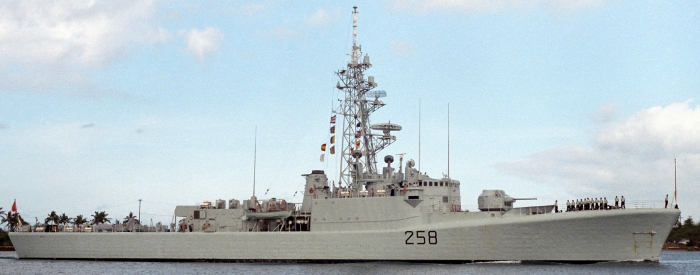
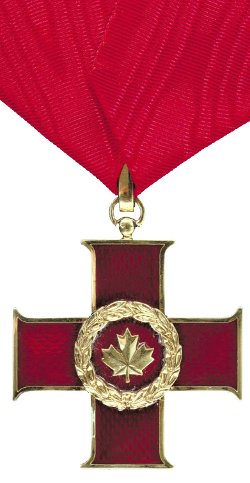
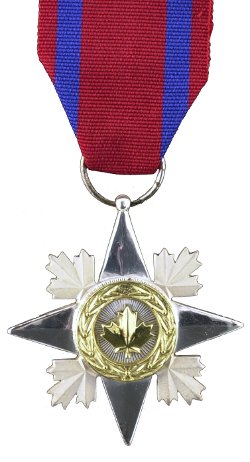
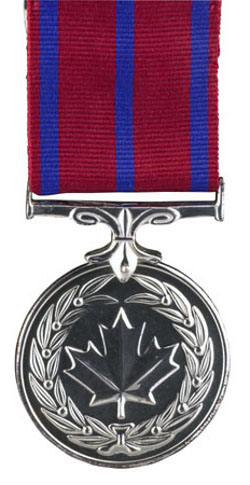
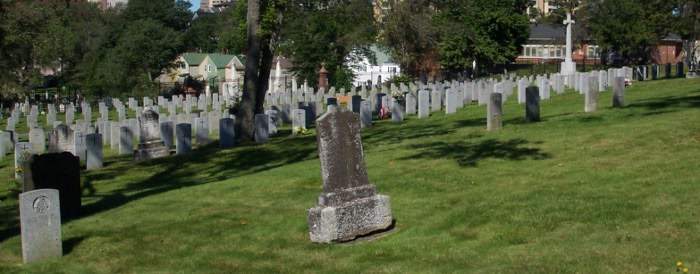
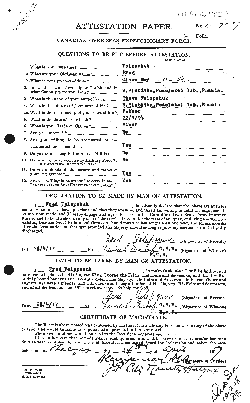
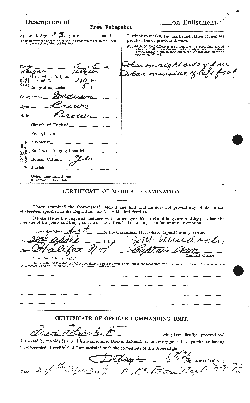
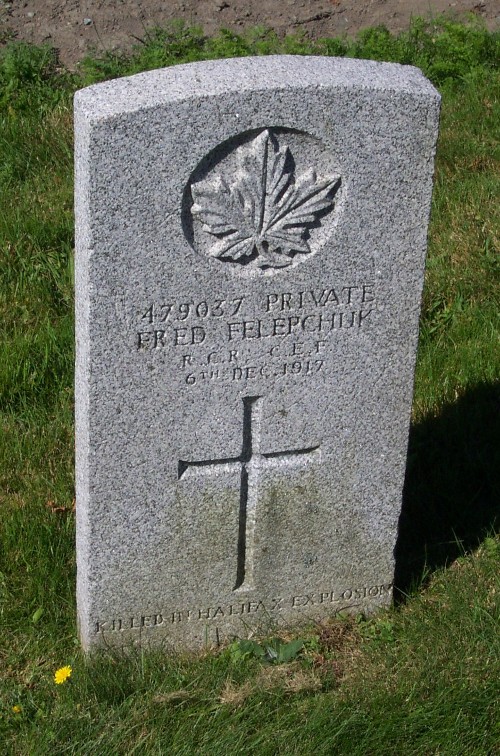
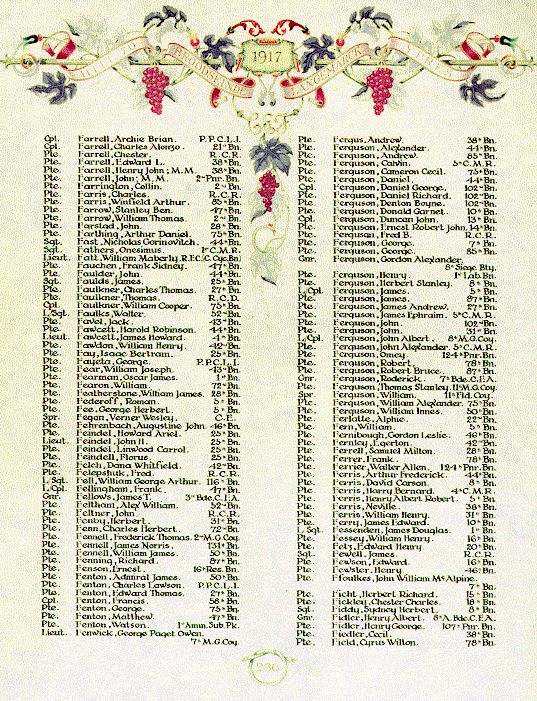

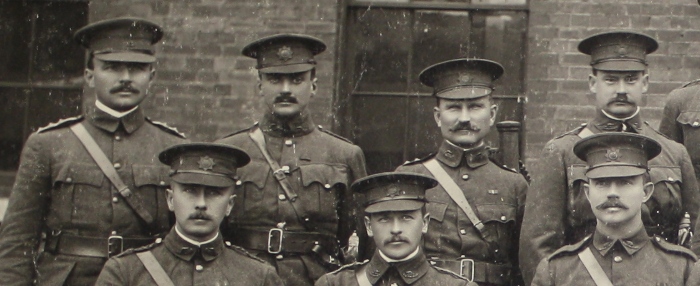




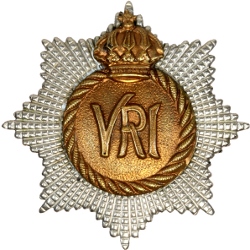

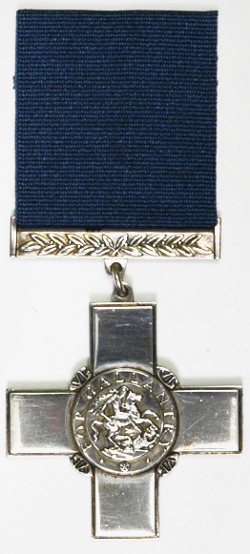
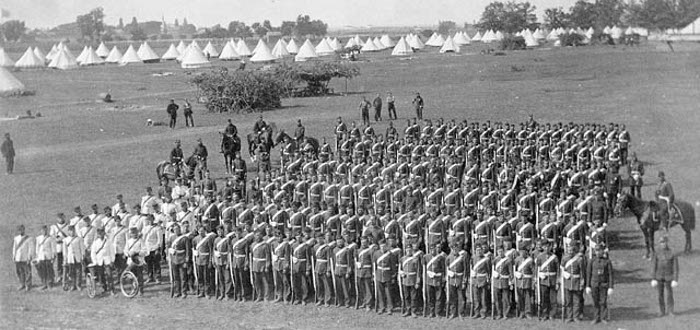 The 13th Battalion, Volunteer Militia Infantry, at the camp, Niagara, in the summer of 1871.
The 13th Battalion, Volunteer Militia Infantry, at the camp, Niagara, in the summer of 1871. 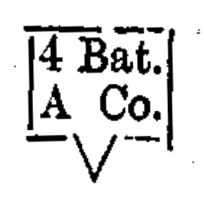 (15.) The Staff of Encampments should come provided with:—A measuring tape for correctly laying out the camp, a few boards with spike at bottom to show the battalion, company, etc., etc., a sufficiency of order boards for guards and sentries, shovels and picks for digging latrines, etc., axes, etc., and it is good practice to get the men to make (of branches of trees, etc .) sentry boxes for the sentries, and to erect racks for their arms and accoutrements near the tents.
(15.) The Staff of Encampments should come provided with:—A measuring tape for correctly laying out the camp, a few boards with spike at bottom to show the battalion, company, etc., etc., a sufficiency of order boards for guards and sentries, shovels and picks for digging latrines, etc., axes, etc., and it is good practice to get the men to make (of branches of trees, etc .) sentry boxes for the sentries, and to erect racks for their arms and accoutrements near the tents.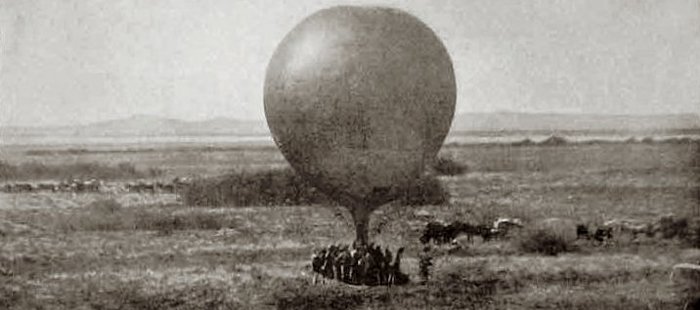


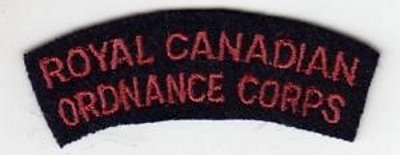
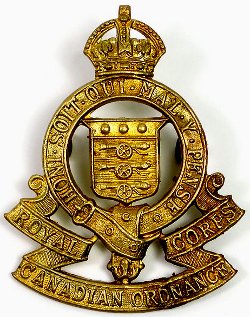 The combatant status of the R.C.O.C. and the experience gained by the Corps in theatres of operation point to the vital necessity of all commanders acquiring self reliance and the ability to act independently. The following are some aspects of training which should be carefully studied so that officers of the Corps will not be found wanting when subjected to the test of actual warfare.
The combatant status of the R.C.O.C. and the experience gained by the Corps in theatres of operation point to the vital necessity of all commanders acquiring self reliance and the ability to act independently. The following are some aspects of training which should be carefully studied so that officers of the Corps will not be found wanting when subjected to the test of actual warfare.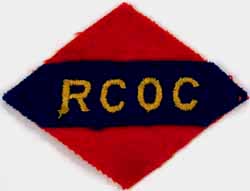 12. Approximate returns rendered promptly are better than accurate returns rendered after some delay.
12. Approximate returns rendered promptly are better than accurate returns rendered after some delay.